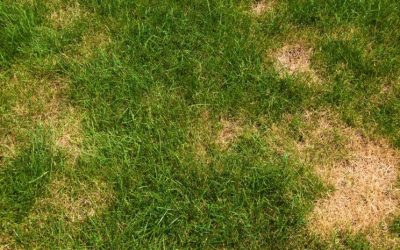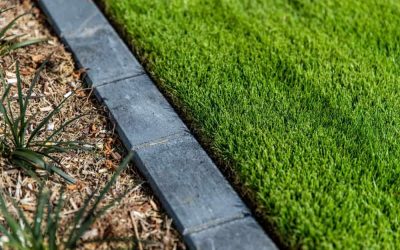Clover Weed Killer
Quick Links
Clover Weed Killer; A Guide to Getting Rid of Clover in Your Lawn
One of the most common lawn problems in Australia has to do with the proliferation of clover weeds.
It is one of those perennial weeds that thrive in poorly fertilised lawns and where the soil’s pH is either too high or too low for grass to healthily grow.
You can easily recognize this weed with its three green-coloured serrated leaves with a white top, creeping stems and ball-shaped flowers.
This plant germinates in spring when the temperature is mild and warm and when there’s plenty of sunlight.

Grass and clover are considered companion plants, and they can coexist peacefully. However, over time, clovers can easily take over your lawn if you just let them be.
Once this common lawn weed starts growing everywhere, it can be more challenging to get rid of them. Some weed killers are not effective enough against these broad-leaf weeds.
If you want your lawn to look smooth and velvety, it’s time to take some measures to control weed growth and prevent more clover from growing in your yard.
There are different ways to kill clover and we have listed some of the proven ones.
7 Effective Ways To Kill Clover Weed
The most effective way to get rid of any weed type including clover from dominating your yard is to keep your lawn health in tip-top shape.
Thick lawns can easily crowd out common weeds such as bindii, clover, alfalfa, creeping oxalis and other broadleaf weeds. Apart from this, you could also try the following methods:
1. Boost your Lawn’s Nitrogen Levels
While most garden plants and lawns love nitrogen, clover hates it.
If there are more clover weeds showing in your lawn than grass blades, it is an indication that your lawn does not have enough nitrogen to support grass growth.
Clover will become less of a problem once your lawn has enough nitrogen.
To remedy this, consider a higher nitrogen fertiliser, such as Exceed Liquid Fertiliser. This is especially effective during spring to ensure that your lawn has optimum nitrogen levels.
2. Apply Fertiliser
If your soil is healthy, your grass will also grow and clover won’t be able to flourish.
One of the best ways to keep your lawn healthy is to regularly apply fertiliser.
There are different types of fertilisers available but for common lawn types, options include granular, liquid or slow-release fertilisers.
Fertiliser application is a straightforward process as long as you have the right tool that’s needed for the application.
For liquid fertilisers, you generally need a knapsack or pressure sprayer.
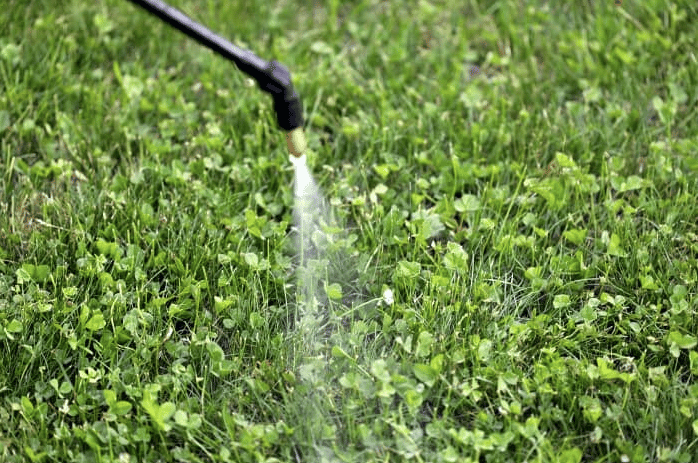
Before applying fertiliser, you’ll need to measure first your soil’s nitrogen levels by conducting a pH soil test.
Based on the nitrogen levels of your soil, they can recommend the best fertiliser to use. Your options include organic fertiliser or commercial fertiliser.
Moreover, while lawns love nitrogen, it is not the only nutrient that lawn grass needs to thrive and crowd out the clover.
In cases where there is a soil fertility problem, your lawn care provider may recommend using a high NPK fertiliser or broad-spectrum fertiliser to encourage grass growth.
3. Mow Your Grass High
Seeing clover in your lawn, you may be tempted to set your mower blades lower to keep your lawn short and scalp the clover weeds to get rid of them.
But this technique often does not work because mowing low can put too much stress on the grass, giving clover an opportunity to take over.
This is especially true for new lawns where the roots are not yet fully established.
When clover is actively growing in your yard, mowing high and cutting your grass over 3 inches tall is highly recommended.
Clover loves it when there’s plenty of sunlight reaching the ground or soil.
Taller grasses prevent sunlight from reaching the soil which in turn prevents the growth of clover and other weeds.
4. Remove Clover Weeds By Hand
Before planning to use a commercial weed killer on your lawn, you may want to consider first if manually removing clover is possible.
Pulling weeds might be doable if you have a small lawn. The best time to do this is as soon as you notice small clumps of clover in your lawn.
By removing them by hand (including the roots), you minimise their chance to spread.
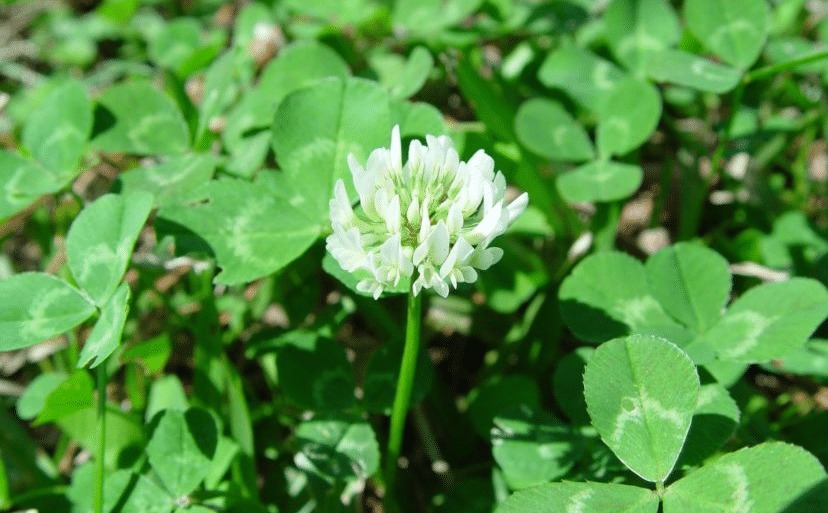
You can easily remove clumps of clover by loosening first the ground around the base using a sharp knife or garden fork.
Once the soil is loosened, you can start plucking the clover up, making sure you take down all the roots.
Once uprooted, carefully remove all the clovers from your lawn area so they don’t start to propagate again from the uprooted pieces.
5. Deprive large patches of clover with oxygen and sunlight
Another natural way of killing clover in lawns is to block oxygen and sunlight from reaching clover patches.
This method is more effective on larger patches of clover weeds where your lawn is no longer growing.
For this method of killing clover in your lawn, you’ll need plastic sheeting or a large garbage bag.
Cover a clover patch with a plastic sheet, making sure that all corners are secure so it will not blow away.
This is not an instant solution though as it could take a few weeks before the roots die from oxygen and nitrogen deprivation.
6. Water your lawn properly
Clover does not thrive in lawns that have the right amount of moisture. If your lawn is often kept too wet, it is an ideal habitat for weeds.
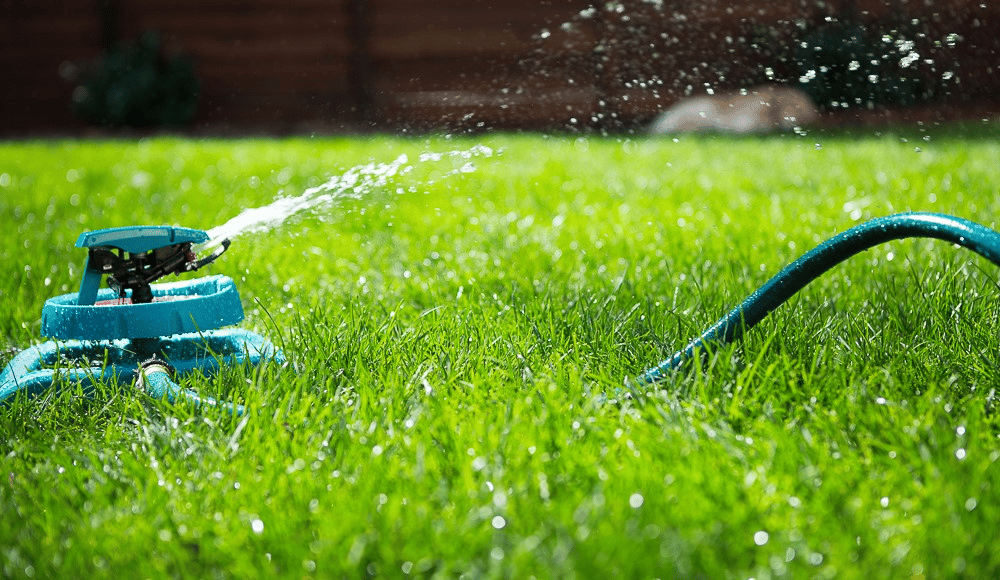
On the other hand, if you keep your lawn too dry, it can stress out your grass, and this too invites clover and other weeds.
The right amount of watering depends on your type of soil as well as the grass variety you have.
7. Apply Organic Weed Killer
There are organic weed killers that can effectively kill bindii, clover and other weeds, without negatively impacting the grass.
You can easily purchase an organic product that kills weeds naturally from your local garden store or even online.
Moreover, aside from commercial organic weed killers, you could try a DIY solution. White vinegar is a well-known organic all-purpose weed killer you could try.
Simply apply vinegar to the weed and it will slowly kill the weed. However, vinegar is a non-selective way of killing weeds which means it will also kill your grass if it comes in contact.
The best way to avoid this is to use a paintbrush so it only touches the clover weeds.
8. Apply Clover Herbicide
If all else fails, you may have to resort to using a selective herbicide, such as Lawn Lovers Buffalo Weed Control.
Herbicides will do the job quickly if you choose the right product and apply it properly.
You need to be extra careful with the use of chemicals, specifically herbicides. Always read the label to make sure that it won’t affect your lawn as well as the weed.
When you spray herbicide, it’s a good idea to first apply it to a small section of your lawn and monitor it for a few weeks just to test if your lawn can handle the chemicals.
If there are no issues, you can go ahead and apply herbicide to the entire lawn.
Conclusion
Clover infestation is controllable with a bit of care and effort.
It is best to start taking action when clover weeds just started growing because when they start to spread, they can become a bigger problem.
When it comes to getting rid of clover, it’s good to start the natural ways first before you resort to using chemicals.
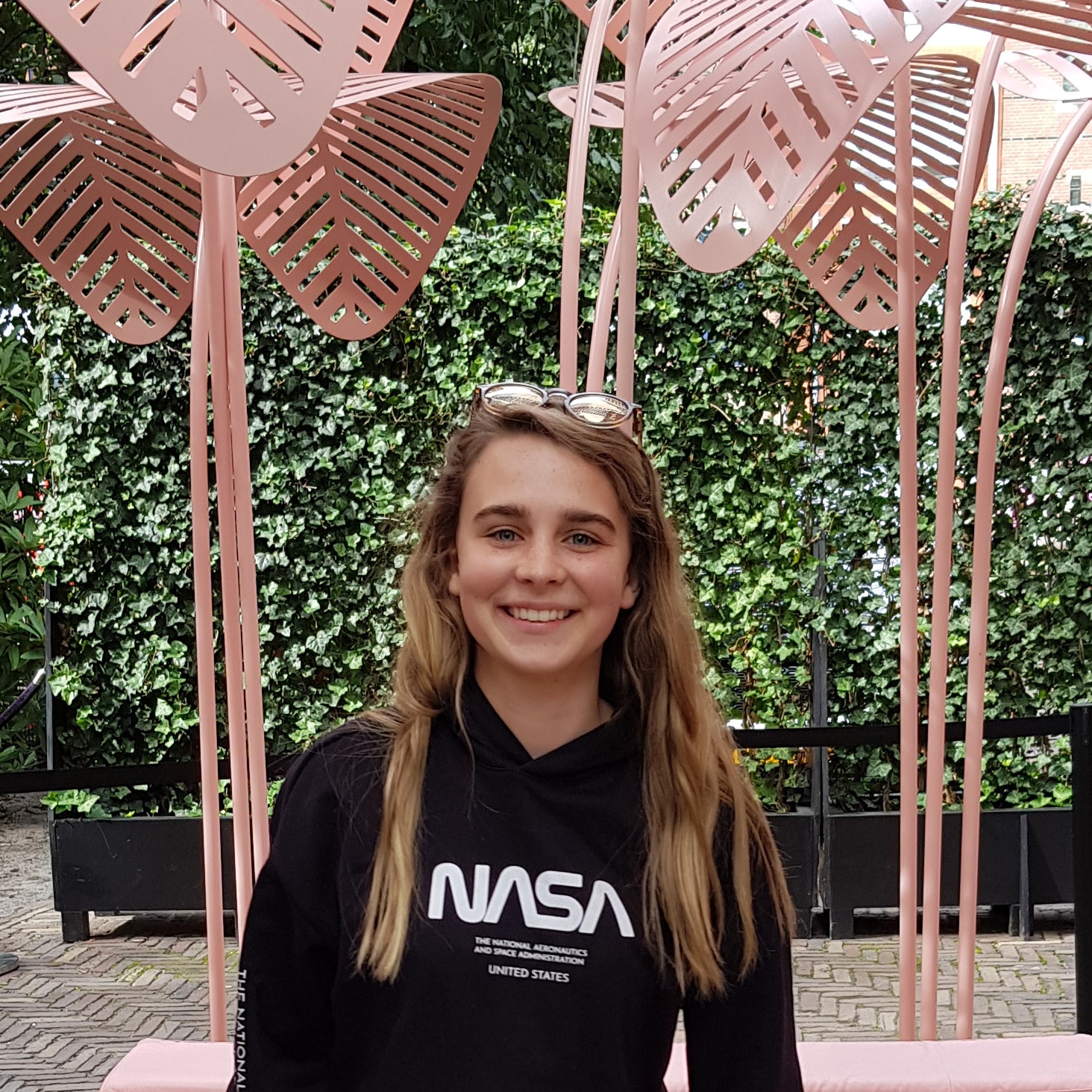
read more!
recent posts
What is the Best Grass for a Lawn? A Complete Guide to Top Choices
Discover the best grass options for your lawn with our complete guide. Make informed choices for a lush, healthy yard. Read more to find your ideal grass!
Choosing the Right Weed Killer for Your Sir Grange Zoysia Lawn
Discover the best weed killer for Sir Grange Zoysia and essential tips for effective application. Enhance your lawn’s health and beauty!
Why Is My Zoysia Grass Dying? Common Causes and Solutions to Revive It
Is your Zoysia grass struggling? Discover common causes of decline and effective solutions to restore its health. Read the article for expert tips!
How To Repair Zoysia Grass
Learn effective solutions to repair Zoysia grass and achieve a lush, healthy lawn. Discover practical tips and techniques to restore your yard today!

Our Turf
TifTuf Bermuda
Buy Turf Online © 2019 All Rights Reserved. | Proudly Designed and Developed by Sydney ICT



